10 tips to ensure a great day of skiing
Skiing requires a lot of gear and organization to make sure everything runs smoothly
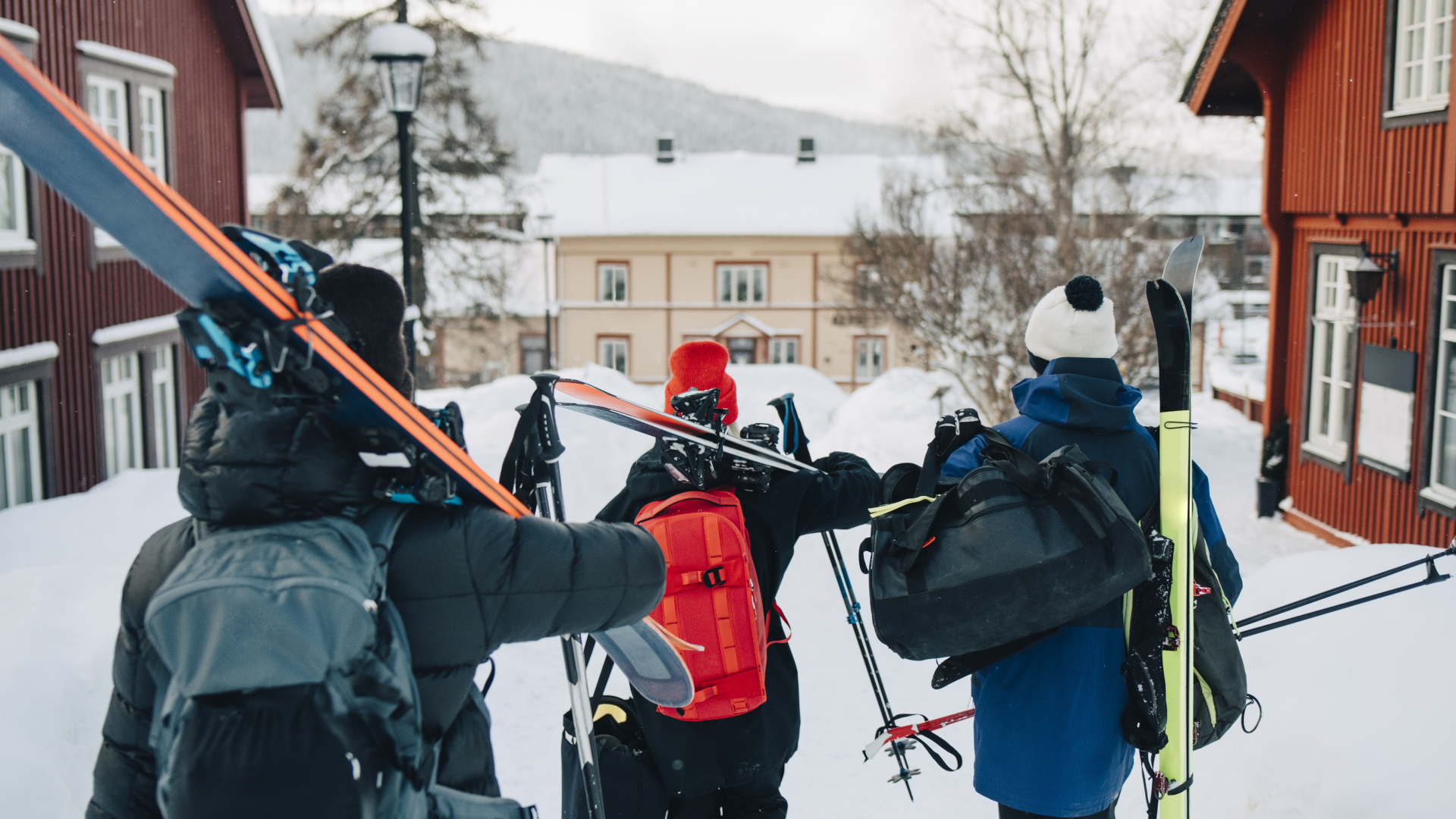
There are few things more exciting than a ski day. The arrival of fresh snow, the swish-swish of ski pants as you and your friends hurriedly get ready and the rush of adrenaline you feel as you ski off the chairlift at the top of the mountain for that first run on untouched corduroy.
Without careful planning, however, the wheels can quickly come off. You forget your ski gloves, lose your ski pass or arrive to discover the parking lots are all full. Suddenly, the day you envisioned of lapping groomers or getting face shots suddenly turns into standing in long lines and traipsing around in your ski boots.
Skiing requires a lot of gear and organization to make sure everything runs smoothly, so before you head to the slopes, check out our 10 tips to ensure a great day of skiing.
1. Do your research
If you’re heading to a resort you’re unfamiliar with, it’s a good idea to do a little research before setting off to orient yourself with the location, terrain, amenities and structure of the place. Some small, family-owned resorts consist of a parking lot, a lodge and a few lifts while others have multiple base villages, a back side and even link up with other resorts.
Any ski resort will have a terrain map available online that can help you figure out where you might want to head whether you’re seeking bunny slopes or black diamonds. You can also check information like where to find parking, gear rentals and what time the lifts open and close.
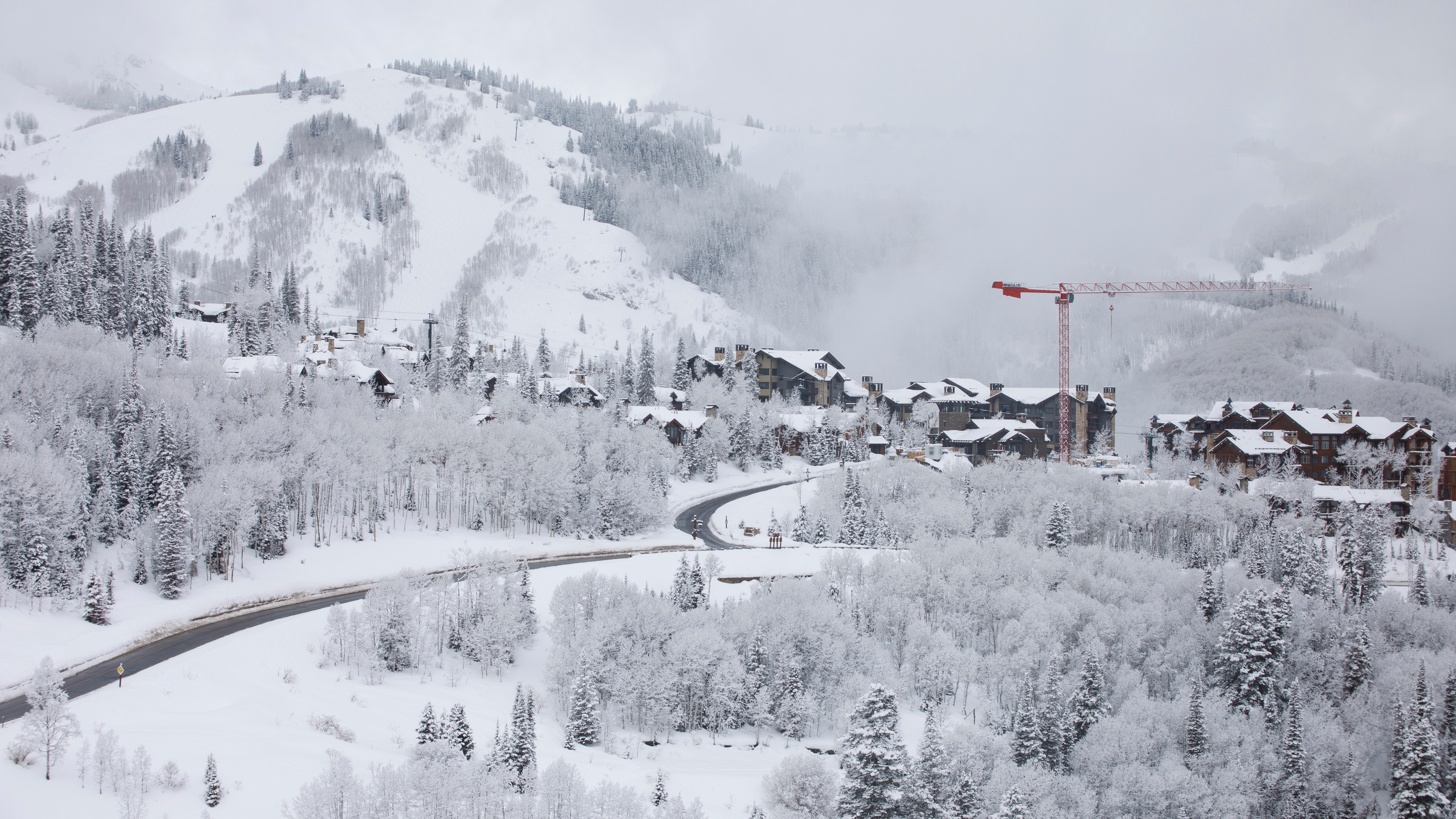
2. The day begins the night before
This is a rule I apply to just about anything in life, but when it comes to skiing, the last thing you want is to set off unprepared. When there’s cold weather, high speeds and potential crowds to contend with, you want to be ready. Ever since that time I arrived and realized I’d forgotten my gloves, I always pull out my ski gear the night before to be sure I have everything I need.
Check the weather to see if you might be dealing with extreme cold (bring a balaclava) or wet snow (make sure you bring a waterproof ski jacket not a softshell). If you park your car in your garage, you can even load up your skis and poles the night before, though I personally like to keep my ski boots indoors so they're not too cold and stiff in the morning. When you’ve got your gear ready, get an early night so you’re well rested for tomorrow.
Advnture Newsletter
All the latest inspiration, tips and guides to help you plan your next Advnture!
3. Check your gear
If you haven't used your own gear for a while, it’s smart to check it over before you use it and make sure you don’t need to tune or wax your skis and that your clothes still fit. Take brand new gear into a ski shop to get it all fitted properly, and if you’re renting gear, try to swing by the shop the day before to get everything measured.
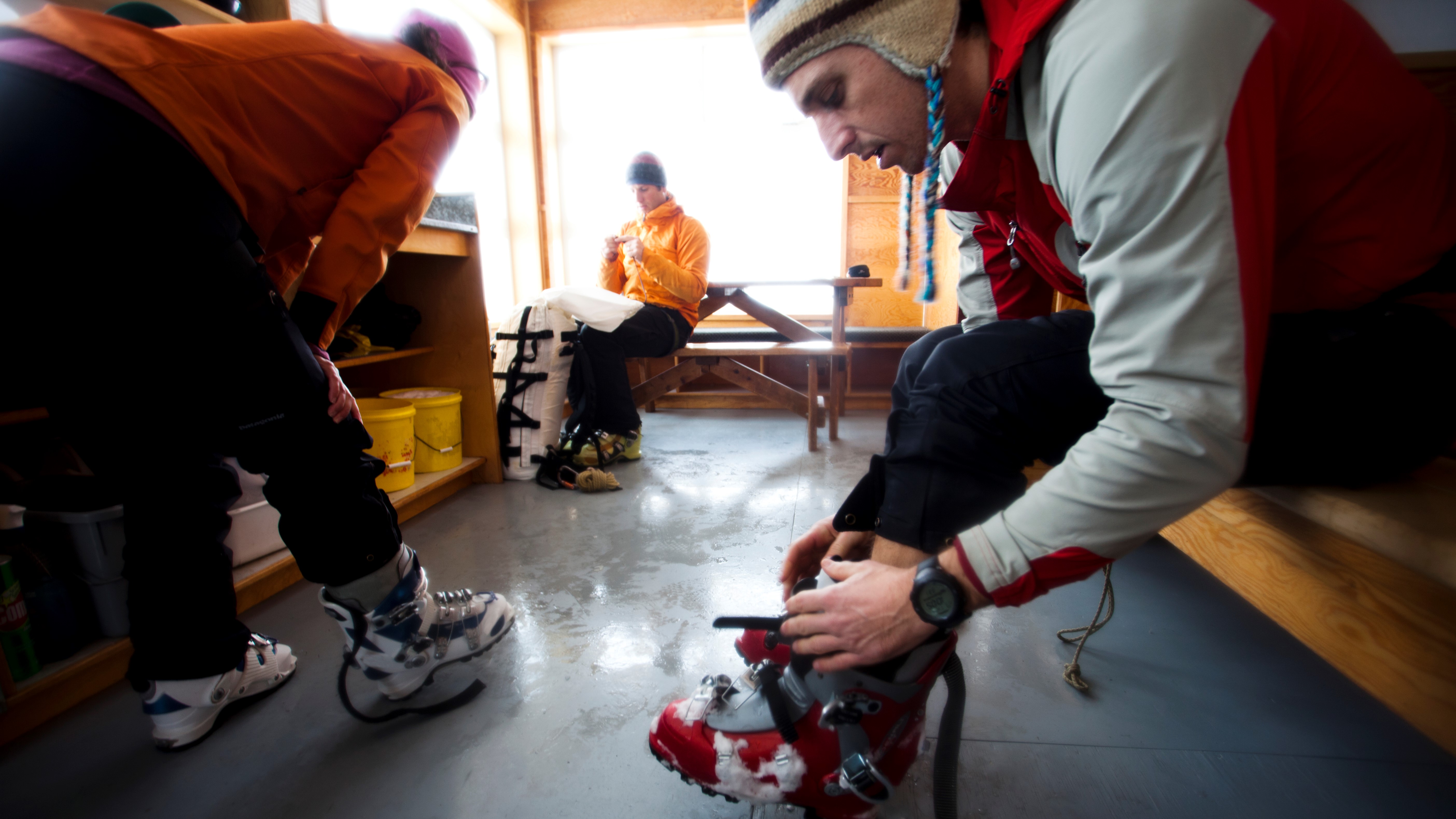
4. Fuel up
Skiing is hard work, and when it’s cold, your body has to work even harder to stay regulated. Try to do a full day of skiing on a hastily gobbled granola bar and you’ll soon run out of steam. Either leave time for a hot breakfast before you set off, or plan to make a pit stop at your favorite breakfast burrito joint to make sure you’re well fuelled.
5. Start warm, stay warm
Unlike running, where ‘be bold, start cold’ is good advice, you do not want to hop on the chairlift already chilled; it’s only going to get colder as you go up. Dress properly for skiing. We’ve got full details in our article on how to dress for skiing, but basically that means ski socks, ski pants, a base layer, a mid layer, a ski jacket and waterproof gloves.
If it’s spring skiing, you may be able to lose the mid layer, but the key is in wearing breathable, moisture-wicking layers with vents so you don’t overheat, but are well protected against the cold. When you’re on the chairlift, make sure to wiggle your fingers and toes and even loosen your boots to help with circulation.
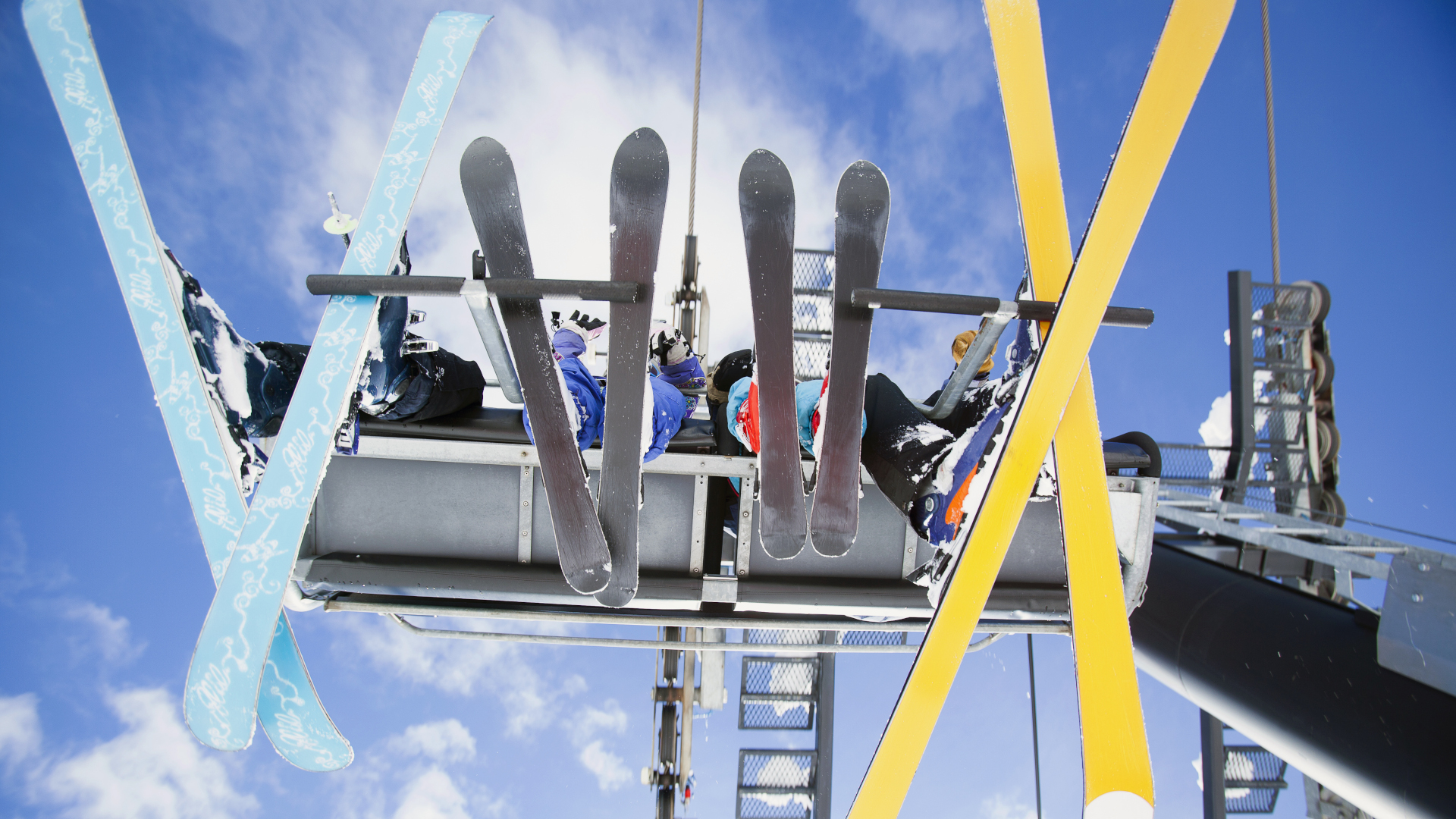
6. Arrive early
If you’re skiing on a weekend, over a holiday or there’s just been a big storm, the chances are that the resort will be busy, and that’s just part and parcel of resort skiing. It really only becomes a problem if you show up to discover that there’s no immediate parking available and you end up having to walk in your ski boots for half a mile from some remote overflow lot before standing in a lift line for half an hour just to get on the hill.
Find out what time first chair is and, as a general rule of thumb, try to arrive about 30 minutes beforehand to give you time to get your boots on, use the toilet and make your way to the chairlift.
7. Ease in
No matter how excited you are, there’s no activity or movement quite like skiing, so it’s important to warm up a little before charging down a black diamond so you don’t tweak anything. You can do a few simple warm up exercises in the parking lot, like hip circles and swinging your arms, then start off with a couple of mellow runs to get your body and mind in gear.
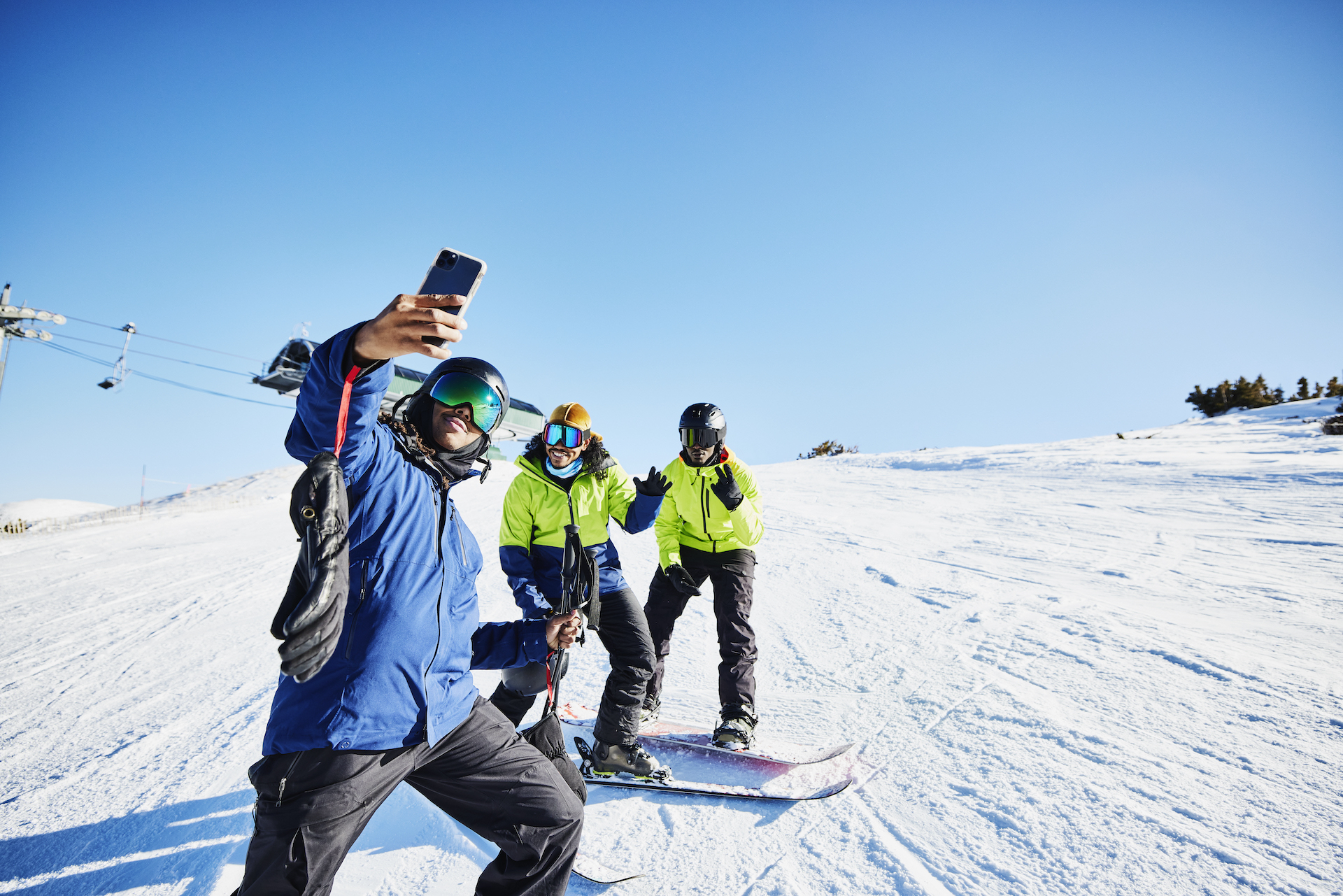
8. Take breaks
When the snow is good and the skiing is expensive, you’re going to want to get your money’s worth, but it’s important to take breaks to avoid injury and refuel. At minimum, plan a good break for lunch where you can sit down for a while, and if you’re getting cold or so tired you’re not skiing well, stop and go for a hot cocoa.
9. Leave some gas in the tank
It’s not just an urban legend that most skiing accidents occur on the last run of the day – the University of Utah Health reports that most accidents occur after 3:30 p.m. This is for a variety of reasons, but primarily it’s because everyone is tired, and everyone wants to head down the same two or three runs at the same time.
Don’t wait until you’re completely spent to head down the mountain. I generally go back for about another hour of skiing after lunch, then call it a day so I’m down well before the masses descend on the ribbon of death. Make sure you’ve got enough energy to ski down safely, then you can watch the carnage from the deck of your favorite apres spot.
If you realize you’ve overshot and you’re too tired to descend safely, don’t be afraid to download. Just pull your ski mask up over your face so no one knows it’s you.
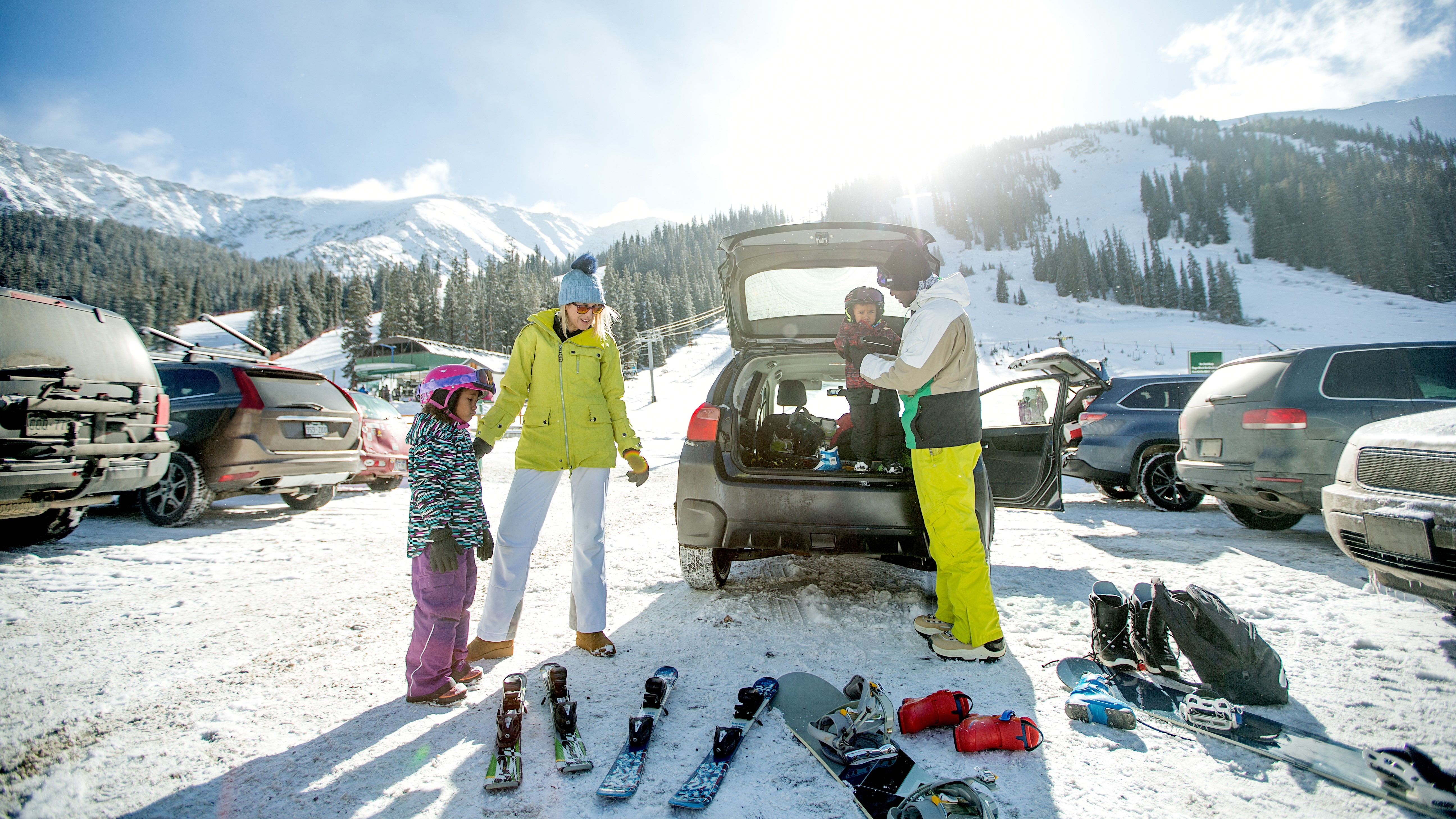
10. Recover smart
An amazing powder day can often be followed by a day of agony where you’re trying to walk down every flight of stairs without bending your knees. Post-skiing soreness isn’t unusual, especially if you don’t ski regularly, but there are a few things you can do to minimize the effects and perhaps even speed up your recovery.
Try these yoga for skiers stretches after you get off the hill and soak in a hot tub or a hot bath with Epsom salts. Consider a sports massage if you have the funds and, perhaps most importantly, eat a hearty dinner, hydrate and get to bed early.
Julia Clarke is a staff writer for Advnture.com and the author of the book Restorative Yoga for Beginners. She loves to explore mountains on foot, bike, skis and belay and then recover on the the yoga mat. Julia graduated with a degree in journalism in 2004 and spent eight years working as a radio presenter in Kansas City, Vermont, Boston and New York City before discovering the joys of the Rocky Mountains. She then detoured west to Colorado and enjoyed 11 years teaching yoga in Vail before returning to her hometown of Glasgow, Scotland in 2020 to focus on family and writing.

